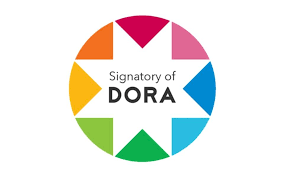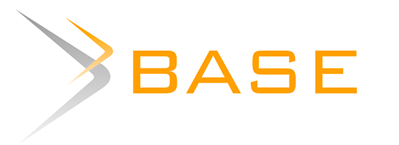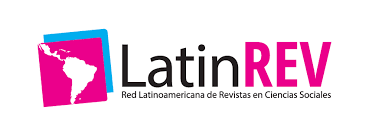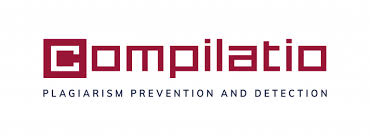Virtual environments as a teaching-learning strategy in higher education: ULEAM case, Bahía de Caráquez
Investigation article
Keywords:
Virtual environments, higher education, teaching, learning, pandemicAbstract
Higher education in the global context has suffered the suspension of its face-to-face classes due to the COVID-19 pandemic. Such situation has led teachers and students to face the challenges presented by the new modalities of virtual environments as teaching-learning strategies. Ecuador's higher education institutions have adapted their curricular offer by using technological platforms. The objective of this research was to analyze the application of the tools: Microsoft Teams and ZOOM, in virtual environments at the Laica Eloy Alfaro University in Manabí, Bahía de Caráquez Extension. For this reason, it was necessary to collect information through surveys directed at 224 students and 22 teachers. Participants received a questionnaire via Google Form, consisting of seven questions with five alternatives, on a Likert scale, that sought to measure satisfaction in virtual environments due to the pandemic. 44.3% of the students responded feeling moderately satisfied with receiving classes, while 40.9% of the teachers responded feeling very satisfied to teach them through virtual environments. Regarding adaptation to virtual environments, student results were 36.6% moderately satisfied and 59.1% teachers very satisfied. It is concluded that 37.5% of the students feel very satisfied with the use of Microsoft Teams. However, 45.5% of the teachers stated that they were very satisfied with the use of Zoom.
Keywords: Virtual environments; higher education; teaching; learning; pandemic.
Downloads
References
CACES. (2020). Consejo de Aseguramiento de la Calidad de la Educación Superior. www.caces.gob.ec. Obtenido de https://www.caces.gob.ec/academia-online/
González, C. (2017). La importancia de las TICs en Educación. Obtenido de Emagister: https://www. emagister. com/blog/la-importancia-las-tics-educacion.
Palacios, M., Santos, E., & León, M. V. (2020). COVID, una emergencia de salud pública mundial. Revista Clínica Española, 1-7.
Pimienta, J. (2012). Estrategias de enseñanza-aprendizaje. Pearson.
Rincón, M. (2008). Los entornos virtuales como herramientas de asesoría académica en la modalidad a distancia. Revista Virtual Universidad Católica del Norte, 5-20.
Salinas, J. (2004). Innovación docente y uso de las TIC en la enseñanza universitaria. . International Journal of Educational Technology in Higher Education (ETHE).
Sánchez, J. (2002). Integración curricular de las TICs: conceptos e ideas. Universidad de Chile.
SIGA. (25 de junio de 2020). Reporte de estudiantes matriculados periodo ordinario-extraordinario 2010-1. Manta.
Torres, J. M., & Velandia, S. R. (2017). Influencia de las Estrategias Pedagógicas en los Procesos de Aprendizaje de los Estudiantes de una Institución de Básica Primaria de la Ciudad de Bucaramanga. Puente, 72, 117-130.
Trejo, R. (2013). Uso de los entornos virtuales de aprendizaje. EDUTEC. Costa Rica, 14. Obtenido de https://www.uned.ac.cr/academica/edutec/memoria/ponencias/hiraldo_162.pdf
UNESCO. (1998). Conferencia Mundial sobre la Educación. Declaración mundial sobre la educación superior en el siglo XXI: visión y acción (vol. 9, num. 2: 97-113). Beirut: IESASC.
Downloads
Published
How to Cite
Issue
Section
License
Copyright (c) 2021 Revista Científica Multidisciplinaria SAPIENTIAE. ISSN: 2600-6030.

This work is licensed under a Creative Commons Attribution-NonCommercial-ShareAlike 4.0 International License.


2.jpg)


















